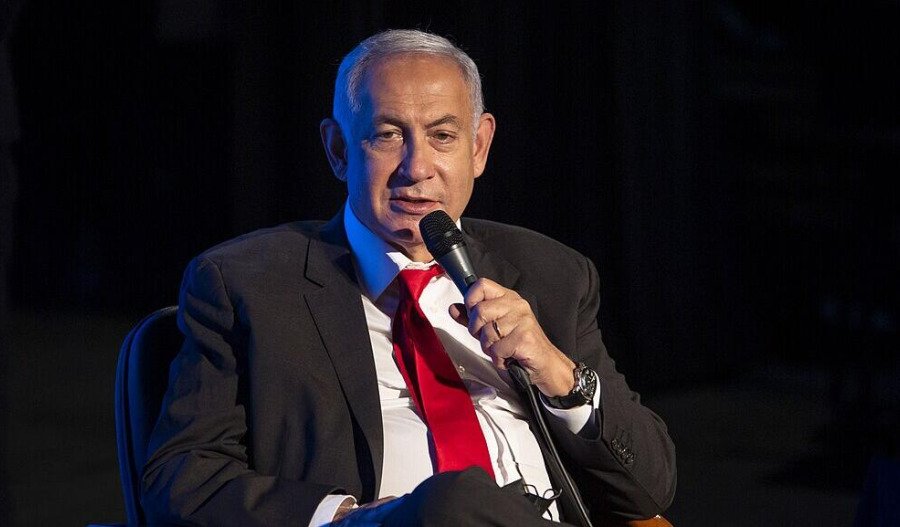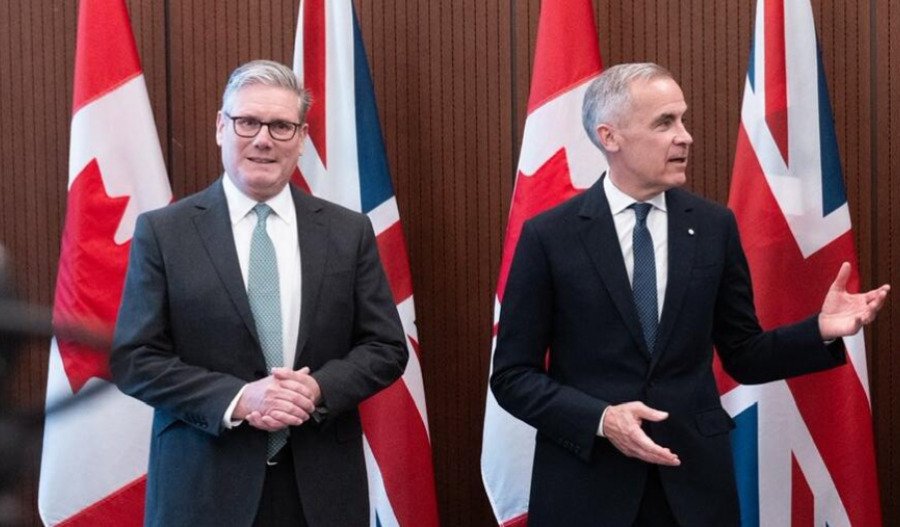Gold prices ticked higher in Asian trading on Tuesday, finding support near the US$3,380 level, as investors gravitated toward safe-haven assets amid simmering geopolitical tensions.
At 3:30 pm AEST (5:30 am GMT), spot gold rose $8.06, or 0.2%, to US$3,393.27 per ounce, reversing some of Monday’s pullback from recent two-month highs.
A fresh wave of risk aversion swept through Asian markets early Tuesday, sparked by reports that United States President Donald Trump would depart the Group of Seven (G7) summit early to return to Washington, raising speculation about mounting geopolitical urgency.
Despite the greenback’s uptick, ongoing volatility provided tailwinds for gold. The uncertainty deepened after the U.S. and Japan failed to finalise a trade deal during talks on the sidelines of the G7.
Japanese Prime Minister Shigeru Ishiba acknowledged, “There are still some points on which the two sides are not on the same page, so we have not yet reached an agreement on the trade package.”
The Bank of Japan (BoJ) also held its policy rate steady at 0.5% at its June meeting, while signalling a gradual unwinding of its long-standing quantitative easing program.
BOJ Governor Kazuo Ueda reiterated the bank’s intention to reduce Japanese government bond purchases by JP¥400 billion each quarter through March 2026, with a further ¥200 billion cut beginning April 2026.
By Q1 2027, monthly purchases are expected to decline to around ¥2 trillion.
Markets are now turning their focus toward the outcome of the U.S. Federal Reserve’s two-day policy meeting, which begins later Tuesday and will culminate in a decision on Wednesday (Thursday AEST).
According to the CME FedWatch Tool, the Fed is widely expected to keep its benchmark interest rate unchanged in the current 4.25% - 4.5% range.
However, traders see a 57.5% probability of a rate cut as early as September, with two 25-basis-point cuts priced in by year-end.
Markets will closely scrutinise the Fed’s updated economic projections, especially the “dot plot” chart, alongside comments from Chair Jerome Powell, for clues on the trajectory of rate policy.
Added to the day’s macro focus, the U.S. retail sales report is due later on Tuesday. The data could further shape expectations around the Fed’s economic outlook and monetary stance.



